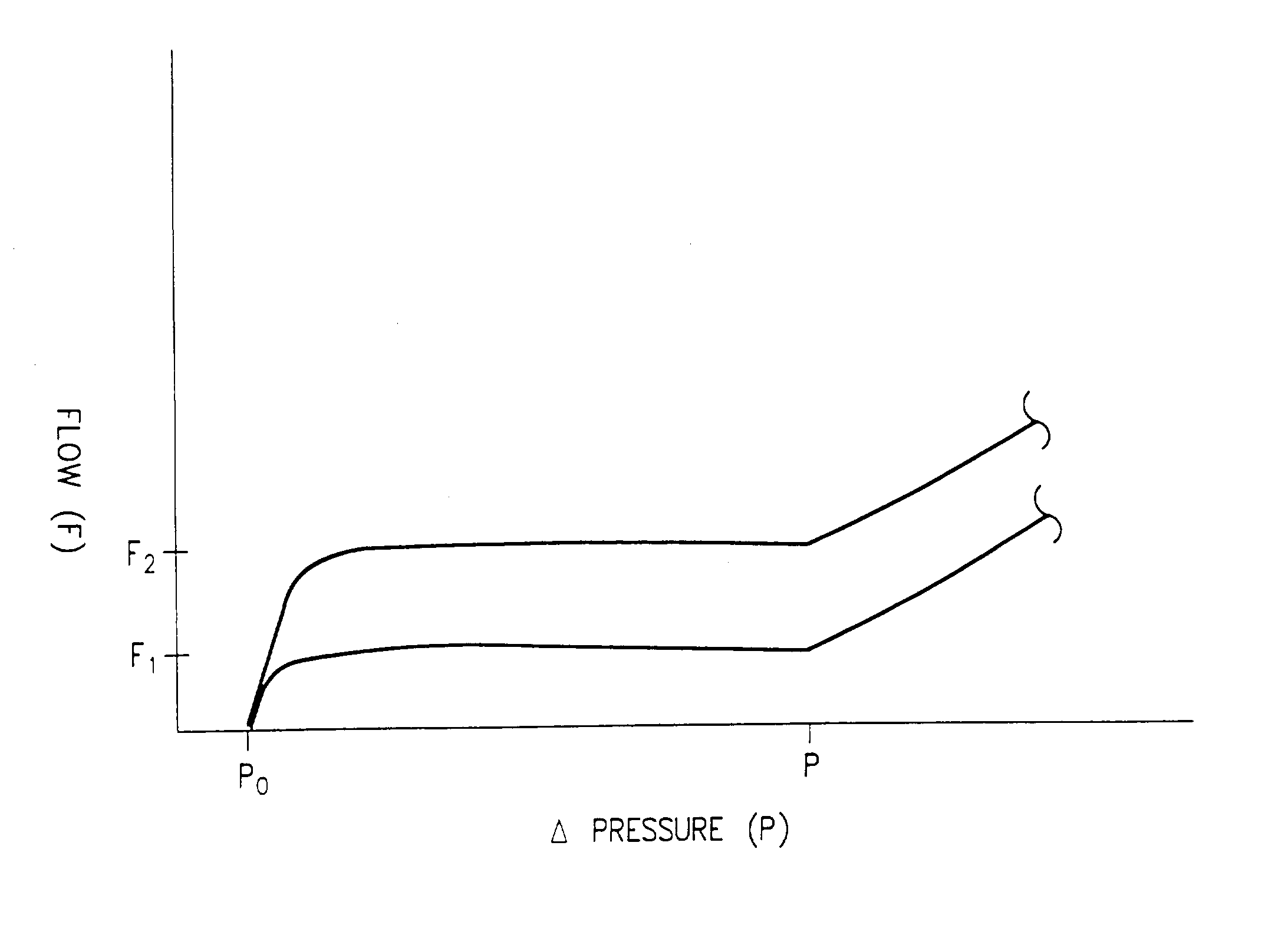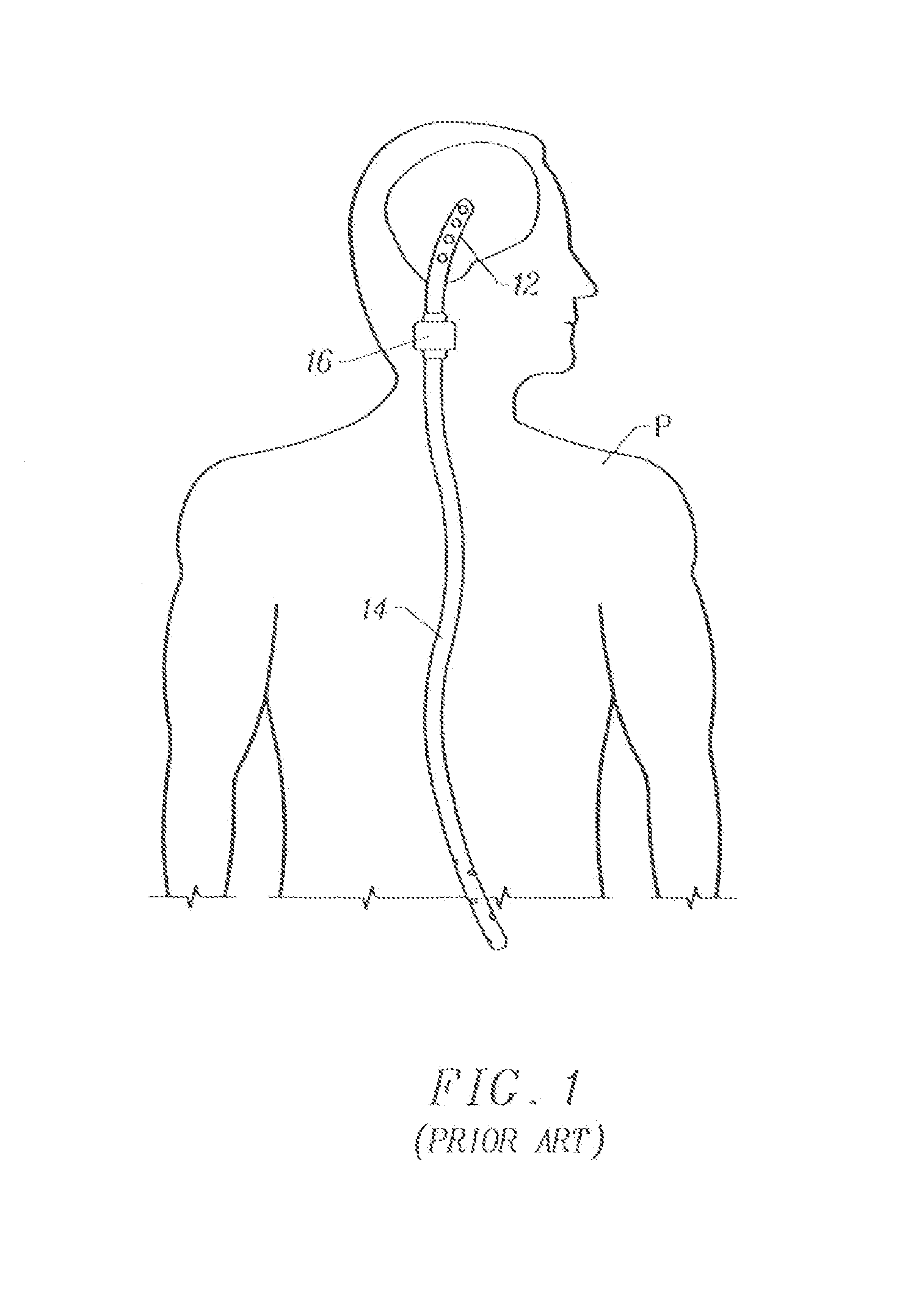Methods for the treatment of a normal pressure hydrocephalus
a hydrocephalus and hydrocephalus technology, applied in the field of medical methods, can solve the problems of affecting the treatment effect of patients with nph, and affecting the treatment effect of patients, etc., to achieve the effect of improving the condition of nph patients, improving the treatment effect, and improving the reduction or stabilization of dementia
- Summary
- Abstract
- Description
- Claims
- Application Information
AI Technical Summary
Benefits of technology
Problems solved by technology
Method used
Image
Examples
Embodiment Construction
[0040]The brain and spinal cord are bathed in cerebrospinal fluid (CSF) and encased within the cranium and vertebral column inside a thin membrane known as the meninges (FIG. 1A). The space within the meninges M, which is the three-membrane complex enveloping the brain and spinal cord, consists of the subarachnoid space SAS, including the ventricles (including the lateral ventricle LV, third ventricle 3V, and fourth ventricle 4V), the vertebral column, and the brain interstitial spaces. The total space within the meninges M including the CSF contained in the brain's natural cavities is referred to herein as the “CSF space.” The volume of the brain intracranial spaces is on average about 1700 ml. The volume of the brain is approximately 1400 ml, and the volume of the intracranial blood is approximately 150 ml. The remaining 150 ml is filled with CSF (this volume will typically vary within 60 ml to 290 ml). The CSF circulates within the CSF space. CSF is formed principally by the chor...
PUM
 Login to View More
Login to View More Abstract
Description
Claims
Application Information
 Login to View More
Login to View More - R&D
- Intellectual Property
- Life Sciences
- Materials
- Tech Scout
- Unparalleled Data Quality
- Higher Quality Content
- 60% Fewer Hallucinations
Browse by: Latest US Patents, China's latest patents, Technical Efficacy Thesaurus, Application Domain, Technology Topic, Popular Technical Reports.
© 2025 PatSnap. All rights reserved.Legal|Privacy policy|Modern Slavery Act Transparency Statement|Sitemap|About US| Contact US: help@patsnap.com



